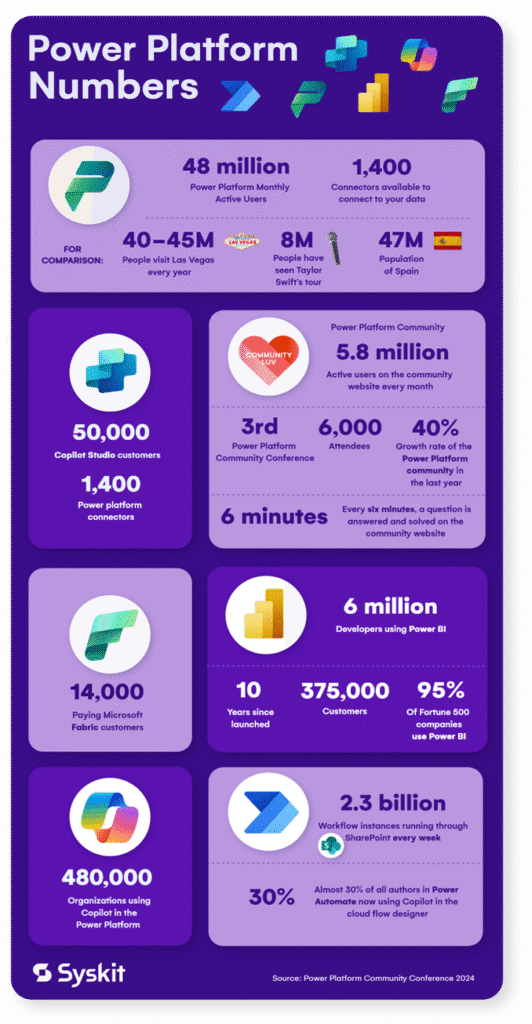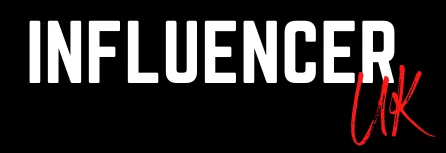AI-First Automation: How Copilot Studio & Autonomous Agents Redefined Microsoft Power Platform
Introduction – 2024 and the Shift to AI-First
2024 was the year Microsoft Power Platform became AI-first.
The release of Copilot Studio and Autonomous Agents marked a new era in enterprise automation. Copilots moved beyond being simple assistants and became customizable, while agents introduced autonomy allowing solutions to monitor, reason, and act independently.
Highlights:
AI copilots became the new interface for solution design.
Autonomous agents redefined automation as continuous, adaptive, and intelligent.
Governance and security scaled globally as organizations embraced AI-first workflows.

Power Platform Before Agents
From 2020–2023, Power Platform democratized low-code through apps, flows, and copilots. By 2023, copilots could generate apps and flows from natural language, but they were assistive. They required prompts and human validation at every stage. Enterprises wanted more: automation that could operate intelligently without constant supervision. Autonomous Agents answered that call in 2024.
What is Copilot Studio?
Copilot Studio is the toolkit for building custom copilots.
It allows organizations to:
Customize copilots with domain specific data.
Deploy copilots into apps, flows, or Teams.
Govern copilots centrally via the Copilot Hub.
Example:
An HR team creates a custom copilot that answers employee onboarding queries using Dataverse + Fabric datasets.

Autonomous Agents — How They Work
Autonomous Agents expanded Copilot capabilities by adding reasoning, planning, and independent execution.
Core functions:
Triggers: detect events like data anomalies.
Reasoning: decide steps to resolve issues.
Actions: perform flows, updates, or alerts.
Monitoring: continuously track outcomes.
Trigger → Reasoning → Plan → Execute → Monitor → Adjust → Complete

Integration with Power Apps, Automate, and BI
Copilot Studio and Agents integrate across Power Platform:
Power Apps:
Copilots assist with forms.
Agents guide user journeys dynamically.
Power Automate:
Agents trigger unattended flows for complex processes.
Power BI:
Agents monitor dashboards and trigger actions.
Example:
Agent detects sales dip in BI → triggers Power Automate workflow → notifies regional leads.
Governance and Security for AI Copilots and Agents
**Warning:** AI copilots and agents can introduce compliance and ethical risks if unmanaged.
Governance practices:
Use separate Dev/Test/Prod environments for copilots/agents.
Enforce tenant wide DLP policies.
Audit logs for all agent actions.
Restrict connector use with least privilege access.
**Tip:** Use Copilot Hub for centralized visibility and lifecycle management.
PowerShell example:
GetAdminPowerAppEnvironment | ExportAdminPowerAppEnvironmentLog Output “C:\Logs\AgentAudit.json”
Data + AI Convergence with Microsoft Fabric
Fabric unified data analytics and AI with Power Platform.
Copilots and Agents now tap Fabric datasets for realtime intelligence.
Example:
Agent tracks Fabric supply chain dataset.
On disruption detection, auto-triggers reroute flows and vendor notifications.
Business Impact and Global Adoption
Global impact in 2024:
48M monthly users of Power Platform.
5.8M active makers.
Benefits:
Enterprises automated multisystem workflows.
SMBs scaled automation without IT bottlenecks.
Governments deployed copilots for public services.
Case study:
A bank used an agent to monitor transactions and autonomously escalate suspicious activity to compliance teams.

Advanced Scenarios and Industry Case Studies
Healthcare:
Agents process patient records → billing + scheduling.
Finance:
Agents detect fraud → escalate to compliance dashboards.
Retail:
Agents monitor inventory → trigger replenishment.
Government:
Copilots manage routine citizen queries, escalating complex cases.
The Road Ahead — 2025 and Beyond
The AI-first journey continues.
Trends:
Multiagent systems collaborating across workflows.
Copilots embedded deeply into Teams as AI colleagues.
Industry specific copilots as templates.
New governance models blending compliance, ethics, and automation.
Conclusion:
2024 positioned Power Platform as the backbone of AI-first automation. By 2025, copilots and agents will evolve into collaborative AI ecosystems.


